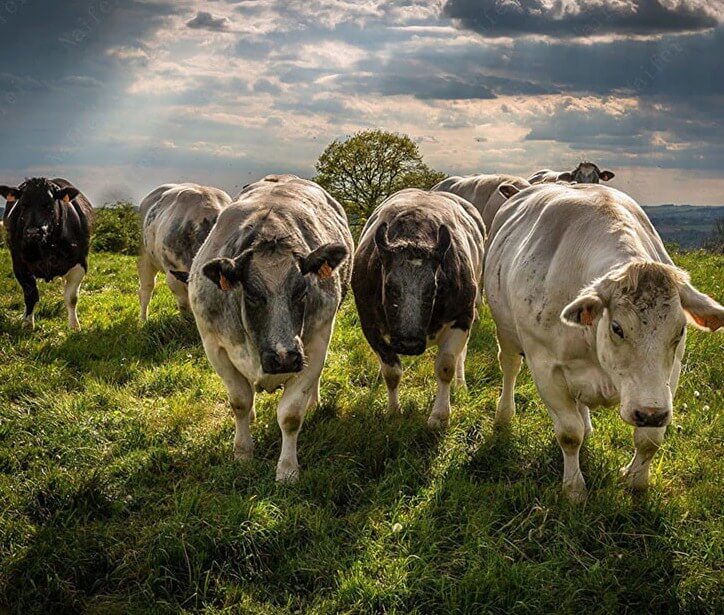

primigenius was not restricted to Asia it was common also in North Africa and Europe as attested to by skeletal remains and Paleolithic cave paintings. This was followed by the spread of domesticated herds throughout the Old World accompanying human trade and migration. It is generally accepted that modern cattle originated from two domestication events of aurochs ( Bos primigenius) that took place in southwest Asia and south Asia giving rise to taurine ( Bos taurus) and zebuine ( Bos indicus) stocks, respectively –. The funders had no role in the study design, data collection and analysis, decision to publish, or preparation of the manuscript.Ĭompeting interests: The authors have declared that no competing interests exist.

This is an open-access article distributed under the terms of the Creative Commons Attribution License, which permits unrestricted use, distribution, and reproduction in any medium, provided the original author and source are credited.įunding: This research received support from the Compagnia di San Paolo (to A.T., and O.S.), MIPAAF SELMOL (to L.F.) and Progetti Ricerca Interesse Nazionale 2007 of the Italian Ministry of the University (to A.T., O.S., L.F., and P.A.-M.). Received: ApAccepted: Published: June 1, 2009Ĭopyright: © 2009 Achilli et al. PLoS ONE 4(6):Įditor: Vincent Macaulay, University of Glasgow, United Kingdom (2009) The Multifaceted Origin of Taurine Cattle Reflected by the Mitochondrial Genome. Taking into account that the maternally transmitted mtDNA tends to underestimate the extent of gene flow from European aurochsen, the detection of the R mtDNAs in autochthonous breeds, some of which are endangered, identifies an unexpected reservoir of genetic variation that should be carefully preserved.Ĭitation: Achilli A, Bonfiglio S, Olivieri A, Malusà A, Pala M, Kashani BH, et al. Thus, the existence of novel (and rare) taurine haplogroups highlights a multifaceted genetic legacy from distinct B.

In contrast, the available data suggest that Q mtDNAs and T subclades were involved in the same Neolithic event of domestication in the Near East. Phylogeographic data indicate that R mtDNAs were derived from female European aurochsen, possibly in the Italian Peninsula, and sporadically included in domestic herds. The remaining four mtDNAs were members of the recently discovered haplogroup Q. Sequencing of the entire mitochondrial genome showed that four mtDNAs formed a novel branch (haplogroup R) which, after the deep bifurcation that gave rise to the taurine and zebuine lineages, constitutes the earliest known split in the mtDNA phylogeny of B. Here we performed a survey of a large number of taurine cattle mitochondrial DNA (mtDNA) control regions from numerous European breeds confirming the overall clustering within haplogroups (T1, T2 and T3) of Near Eastern ancestry, but also identifying eight mtDNAs (1.3%) that did not fit in haplogroup T. A Neolithic domestication of taurine cattle in the Fertile Crescent from local aurochsen ( Bos primigenius) is generally accepted, but a genetic contribution from European aurochsen has been proposed.


 0 kommentar(er)
0 kommentar(er)
